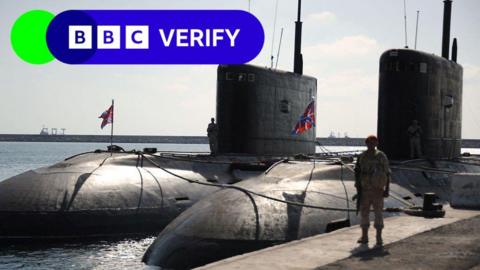"Everything possible is now being done to get in touch with those involved in ensuring security and, of course, our military is also taking all the necessary precautions," he told reporters in Moscow.
He previously warned that it was "premature" to speculate on the bases' future.
"You know that, of course, we maintain contacts with those who control the situation in Syria now. This is necessary because we have our bases there and our diplomatic office [embassy]. And of course, ensuring the safety and security of our facilities are of utmost importance," he told reporters.
The Tartous naval facility houses elements of the Black Sea Fleet and is Russia's only repair and replenishment hub in the Mediterranean. Established by the Soviet Union in the 1970s, it was expanded and modernised by Russia in 2012 as the Kremlin began to increase its support for President Assad's regime.
It allows Russian vessels to remain in the Mediterranean without having to return to ports in the Black Sea via the Turkish Straits. It is also a deep-water port, meaning it can host submarines from Moscow's nuclear fleet, according to the US Naval Institute.
